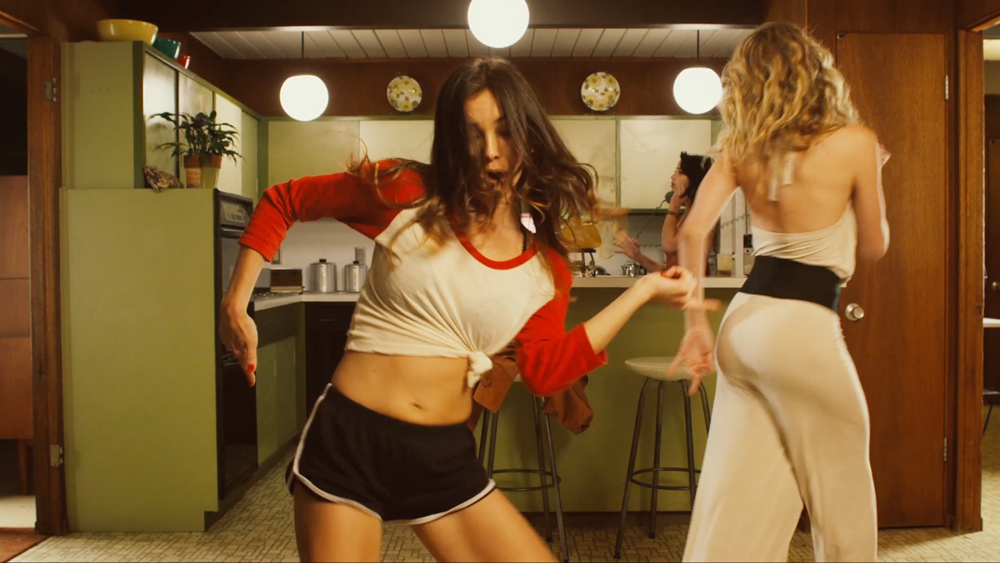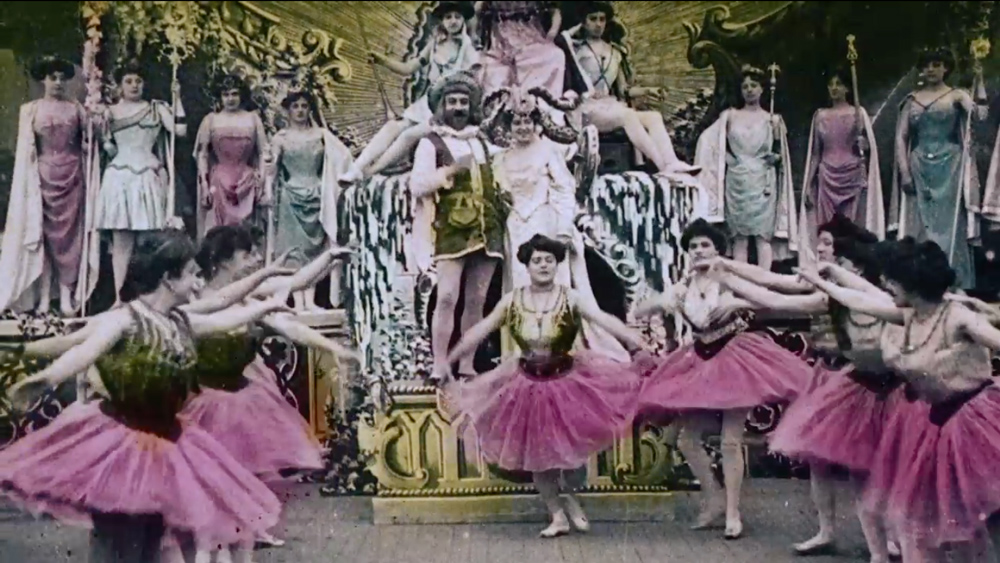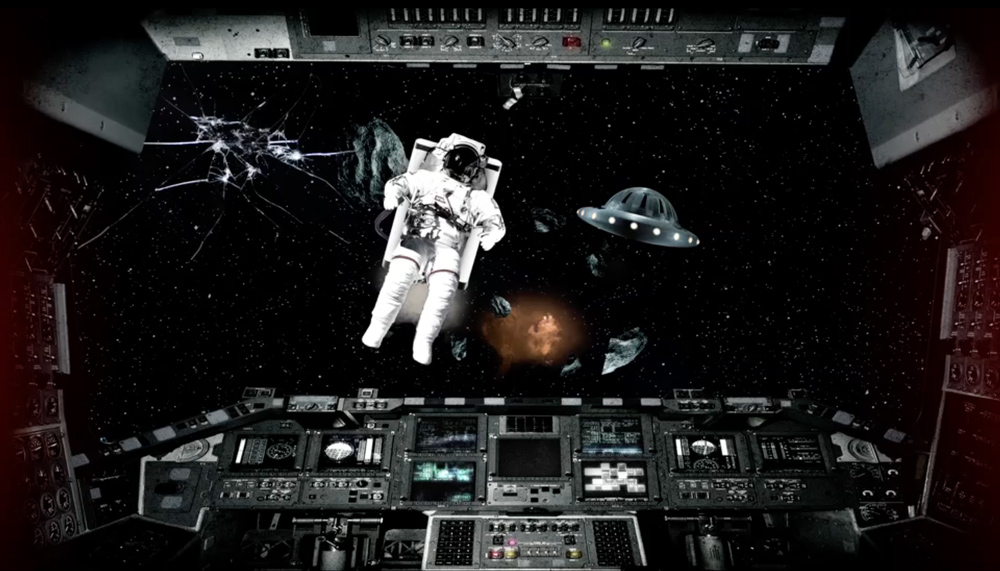Vincent van Gogh’s 1888 painting, “The Night Cafe,” now hangs at the Yale University Art Gallery, accompanied by this description:
In a letter to his brother written from Arles in the south of France, van Gogh described the Café de l’Alcazar, where he took his meals, as “blood red and dull yellow with a green billiard table in the center, four lemon yellow lamps with an orange and green glow. Everywhere there is a clash and contrast of the most disparate reds and greens.” The clashing colors were also meant to express the “terrible passions of humanity” found in this all-night haunt, populated by vagrants and prostitutes. Van Gogh also felt that colors took on an intriguing quality at night, especially by gaslight: in this painting, he wanted to show how “the white clothing of the café owner, keeping watch in a corner of this furnace, becomes lemon yellow, pale and luminous green.”
The canvas, though dry and mostly flat, does a perfectly good job of capturing the life force that ran through that 19th century French café. That’s an understatement, of course. But I suppose there’s no harm in animating the already animated scene with some new-fangled technology. Above, you can see Mac Cauley’s “immersive virtual reality” tribute to Van Gogh, which he created for Oculus’ Mobile VR Jam 2015. On a page dedicated to the project, Cauley writes:
My main goal with this project was to see what kinds of stylized 3D rendering could be experienced through VR. I have always been drawn to the paintings of Van Gogh and I imagined it would be amazing to be inside one of these colorful worlds. While the GearVR offered certain challenges with its technical limitations compared with a PC, it forced me to prioritize and really define what makes a Van Gogh painting unique.
While creating the environments of these paintings in 3D space I’ve had to expand on areas that can’t be seen; rooms behind doors, objects hidden from view, people turned away from the viewer. It’s been an interesting process in using reference material from Van Gogh and other expressionist painters but also imagining what might have been there, just off the edges of the canvas.
The winners of the Oculus Mobile VR Jam will be announced in June. More creative takes on famous paintings can be found below.
Related Content:
A 3D Tour of Picasso’s Guernica
Edvard Munch’s Famous PaintingThe Scream Animated to the Sound of Pink Floyd’s Primal Music
Dripped: An Animated Tribute to Jackson Pollock’s Signature Painting Technique
Late Rembrandts Come to Life: Watch Animations of Paintings Now on Display at the Rijksmuseum
Van Gogh’s ‘Starry Night’ Re-Created by Astronomer with 100 Hubble Space Telescope Images




